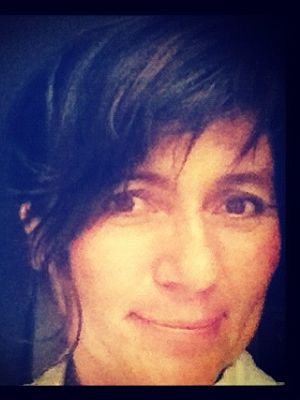Spotlight: Eso
When business was slow, the curandero would take his skills to the stable
to heal horses. To the ladies at the barn, he speaks English,
recommending an ointment, but there is no saying it in
English. So, he says it in in Spanish:
Cebo de Coyote con Aceite de Víbora.
To the horses, he speaks in Spanish because they prefer it.
Laying his hands across these beasts, pausing where there is pain,
he addresses each part directly — the hock, the wither, the flank,
the croup: Dígame, huesos. Dígame, músculos doloridos,
dígame, dígame.
The horses reply in their own language with their bodies, con sus cuerpos,
with their breath, con la respiración. With a ripple of skin, a sigh,
a snort, a stamp of the hoof, a swish of the tail, a swivel
of the ear, they let him know what it is like to be a horse.
Body and breath, they tell a story, una historia.
Knowing how to listen, the curandero would answer, eso, eso, eso,
in affirmation, but what passed between them, the idiom of horse to healer,
healer to horse, there was no saying it in English.
It was only just that, just then, just there. Just these few words:
eso, eso, eso. Sólo eso.





